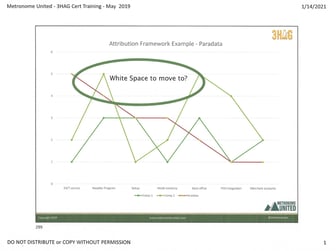 The contractor did remodels. He worked in the Chicago Suburbs and had a thriving business. The systems he’d developed built consistency and predictability. His team knew how to do their jobs, by following his precise systems. His firm had the area’s best reputation.
The contractor did remodels. He worked in the Chicago Suburbs and had a thriving business. The systems he’d developed built consistency and predictability. His team knew how to do their jobs, by following his precise systems. His firm had the area’s best reputation.
He was most proud of one element. Of course, he had documented systems for this.
Asked why he felt his contracting business was so successful, his answer was simple, “Doug, not everyone can tell a good construction job from a bad one, but everyone can tell a clean construction job from a dirty one.”
Do you have a differentiating aspect to your business? What you’re best at?
We’ve shared ideas from the Hedgehog Concept, and several weeks ago in Find Your White Space - Key Attribution Framework we explored how to differentiate your business.
Find the place in your business where you can clearing differentiate yourself with 3-5 integrated differentiators, build on them, and you can establish your business as a profitable giant in any market.
You don’t necessarily have to be the best. If you’re curious to discover more revisit Find Your White Space - Key Attribution Framework
Who is Your Customer?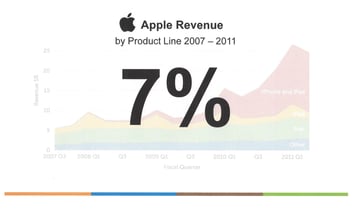
Before you complete the Key Attribution Framework, first define your who your customer is. As we shared from Bob Bloom’s Inside Advantage in Steps to Finding Your “Who” Inside Advantage, ask yourself:
- Who are my most profitable customers?
- Who makes up the bulk of my business?
- What is their income range, education level, special interests, and age?
- What do all these people have in common?
When Apple’s valuation reached $161 million, it was the most valuable company of its time. Yet, its combined global market share was 7%.
Who is your 7%?
Are you going after the right 7%?
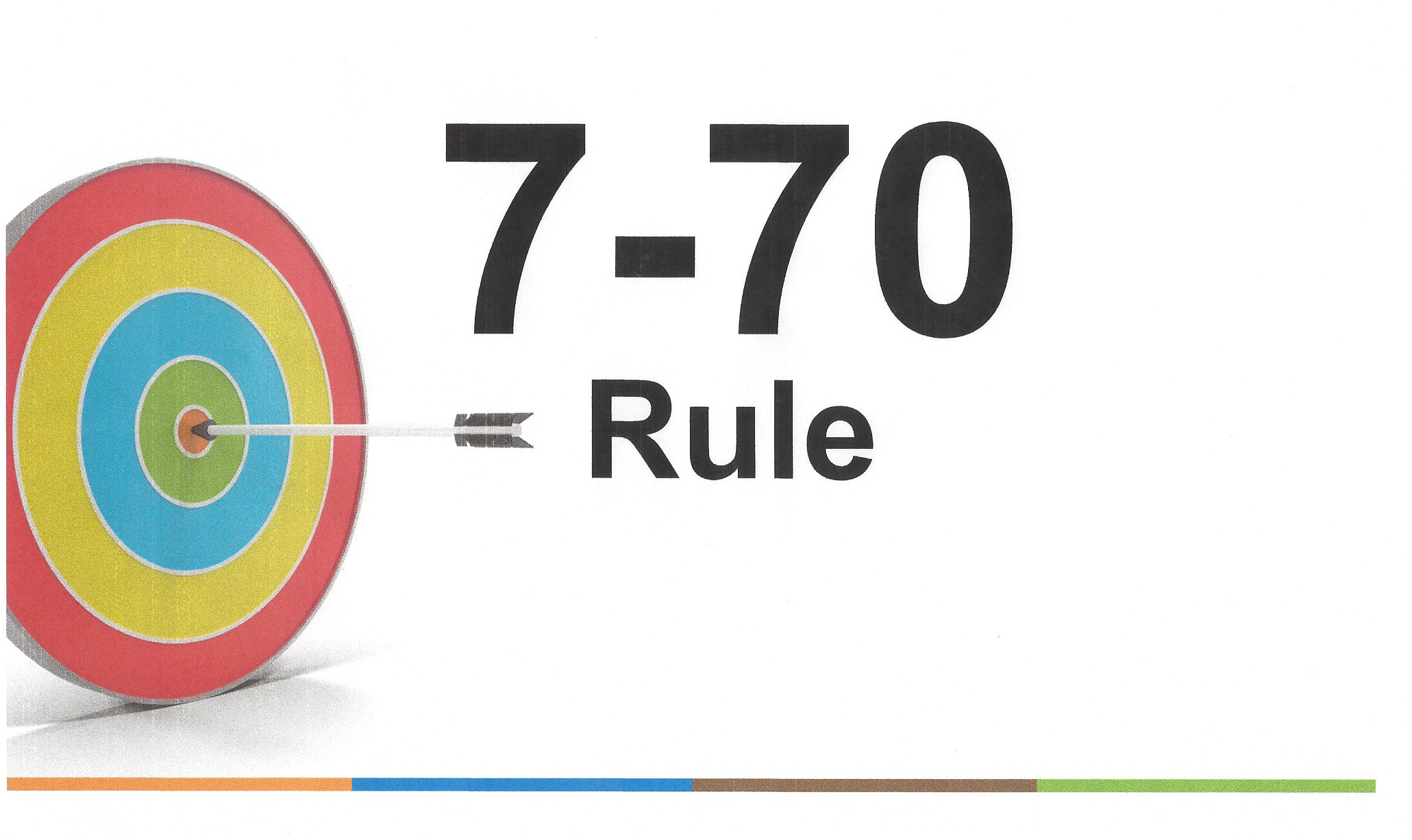 7 – 70 Rule
7 – 70 Rule
Focus on the 7% of your target market that’s the best fit for you and then win 70% of the customers in that space.
Winterhalter Gastronom GmbH, a German manufacturer of commercial dishwashing equipment, dominates the market in selling to large restaurant and hotel chains. These companies operate in a 24/7 environment and need dishes that not only are clean but look clean. Winterhalter engineered a complete solution for this niche, which included supplying water conditioners, specialty detergents and a global quick-turnaround repair services to customers.
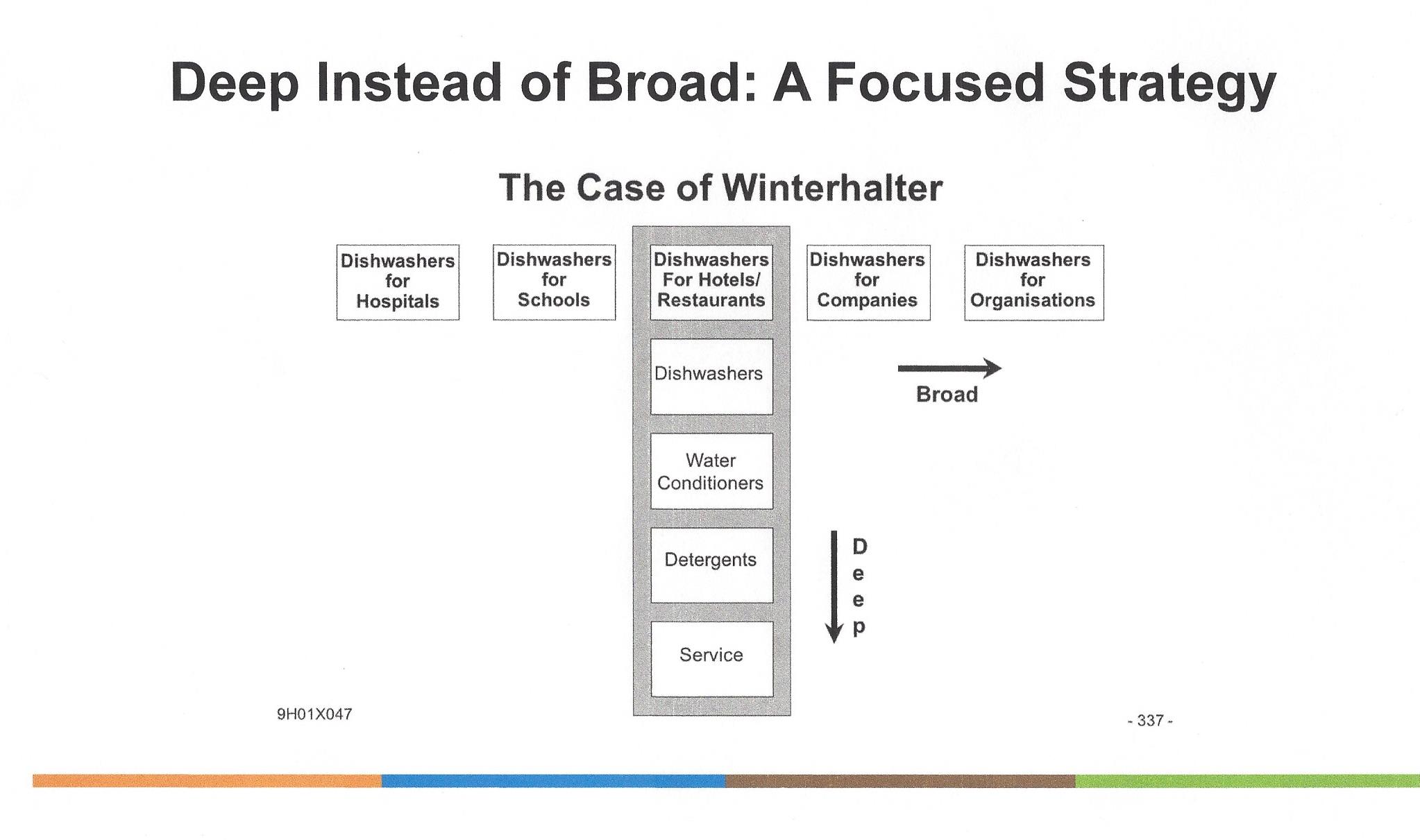 Hermann Simon's Hidden Champions of the 21st Century is a must-read book for growth firms wanting to dominate their industry. These middle-market firms tended to expand into one or two different countries each year, with many now having operations in over 50 countries.
Hermann Simon's Hidden Champions of the 21st Century is a must-read book for growth firms wanting to dominate their industry. These middle-market firms tended to expand into one or two different countries each year, with many now having operations in over 50 countries.
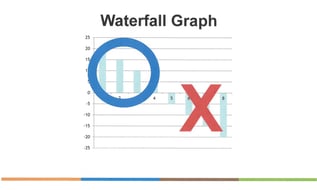 What are the common attributes of customers who love you?
What are the common attributes of customers who love you?
What customers segments do you need to make money?
The answers will help you determine the profile of your core customer.
What are the Key Attributes Your Customers Decide On?
Strategy is critical to grow your business. Depending on your business’s maturity, you may need more time before you really get clear on your position.
A first step, to think about is: One-PHRASE Strategy. This phrase represents the key lever in your business model that drives profitability and helps you choose which customer desires to meet and which ones to ignore. It ties to your Profit per X.
IKEA’s One-PHRASE Strategy is “flat pack furniture.” By removing the need to ship or warehouse, IKEA keeps costs lower than competitors (it’s #1 Brand Promise). Yet, like all strong positions, this doesn’t come without tradeoffs.
To deliver the IKEA experience, IKEA must get customers to drive out of their way to visit labyrinth-like stores. Then still set up their own purchases when they get home. This deters some potential customer. However, with 6.9% global market share, IKEA is the world’s largest and most profitable furniture chain.
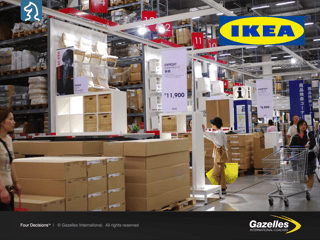 The company ignores’ customers’ desire for many, convenient places to shop. It doesn’t assemble or install products. The tradeoff is that it offers low prices!
The company ignores’ customers’ desire for many, convenient places to shop. It doesn’t assemble or install products. The tradeoff is that it offers low prices!
To make software-like margins, in any industry, you need to identify and dominate a narrow niche. Ikea, $10 billion in revenue, and 6.9% share of the furniture retail industry, owns 72% of the highly lucrative “flat-packed” segment of the industry.
Ikea went deeper by purchasing TaskRabbit for $36 million in 2017, making it easy for customers to find workers to assemble its furniture.
 When you focus on the profit pools—products and services that contribute a disproportionate share of the profits, your business can find the edge, or white space in your market.
When you focus on the profit pools—products and services that contribute a disproportionate share of the profits, your business can find the edge, or white space in your market.
Strategy Decisions are all about top line revenue growth! Can we help you discover your Key Attribution Framework and find your White Space? Contact us today to schedule a free exploratory meeting to get started now!
Growth demands Strategic Discipline.
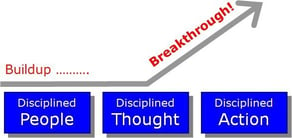 To build an enduring great organization, requires disciplined people, disciplined thought, disciplined action, to produce superior results, and make a distinctive impact in the world.
To build an enduring great organization, requires disciplined people, disciplined thought, disciplined action, to produce superior results, and make a distinctive impact in the world.
Discipline sustains momentum, over a long period of time, laying the foundations for lasting endurance.
A winning habit starts with 3 Strategic Disciplines: Priority, Metrics and Meeting Rhythms. -2.jpg?width=318&name=3%20Disciplines%20of%20Execution%20(Strategic%20Discipline)-2.jpg) Forecasting, accountability, individual, and team performance improve dramatically.
Forecasting, accountability, individual, and team performance improve dramatically.
Meeting Rhythms achieve a disciplined focus on performance metrics to drive growth.
Let Positioning Systems help your business achieve these outcomes on the Four most Important Decisions your business faces:
|
DECISION |
RESULT/OUTCOME |
|
PEOPLE |
|
|
STRATEGY |
|
|
EXECUTION |
|
|
CASH |
|
Positioning Systems helps mid-sized ($5M - $250M) business Scale-UP. We align your business to focus on Your One Thing! Contact dwick@positioningsystems.com to Scale Up your business! Take our Four Decisions Needs Assessment to discover how your business measures against other Scaled Up companies. We’ll contact you.
 NEXT BLOG – HANDLE ADVERSITY
NEXT BLOG – HANDLE ADVERSITY
2020 was a challenge for every business and person on the planet. How we handle adversity reveals a great deal about us. From Joel Osteen’s book The Power of I AM I found a story about a USA and Miss Universe Contestant who faced adversity with aplomb. That story next blog.






.jpeg?width=150&height=135&name=Hand%20with%20marker%20writing%20the%20question%20Whats%20Next_%20(1).jpeg)

